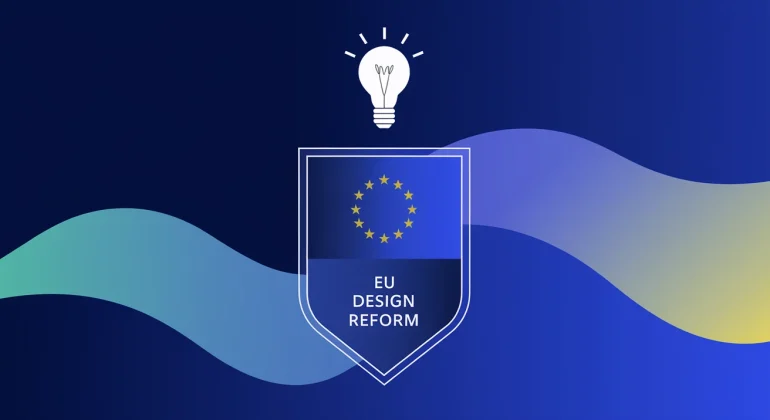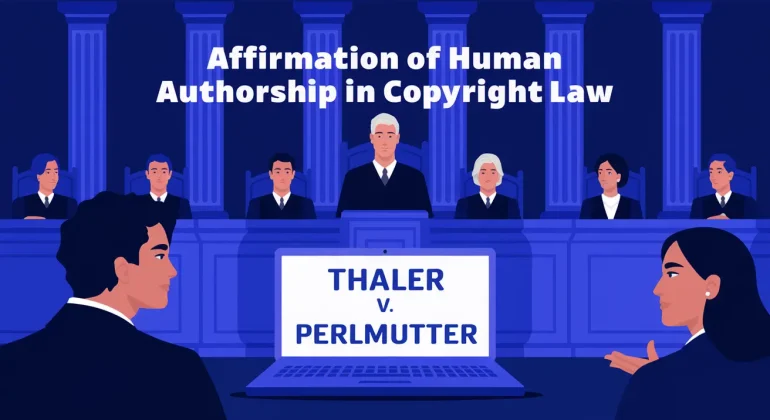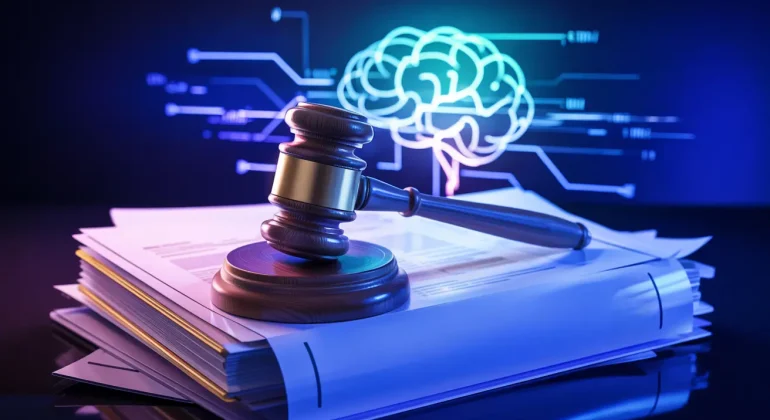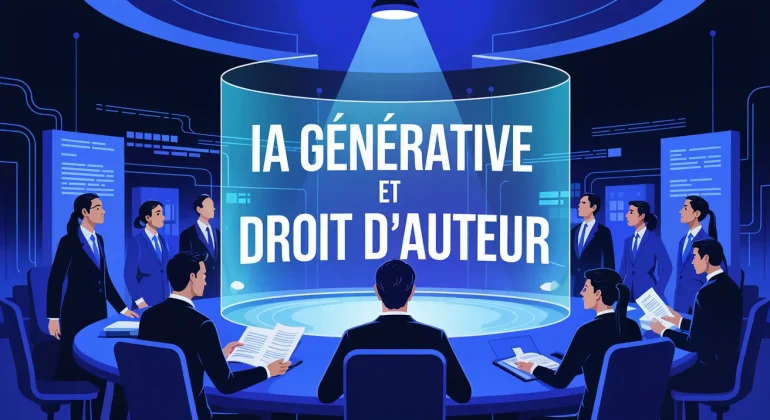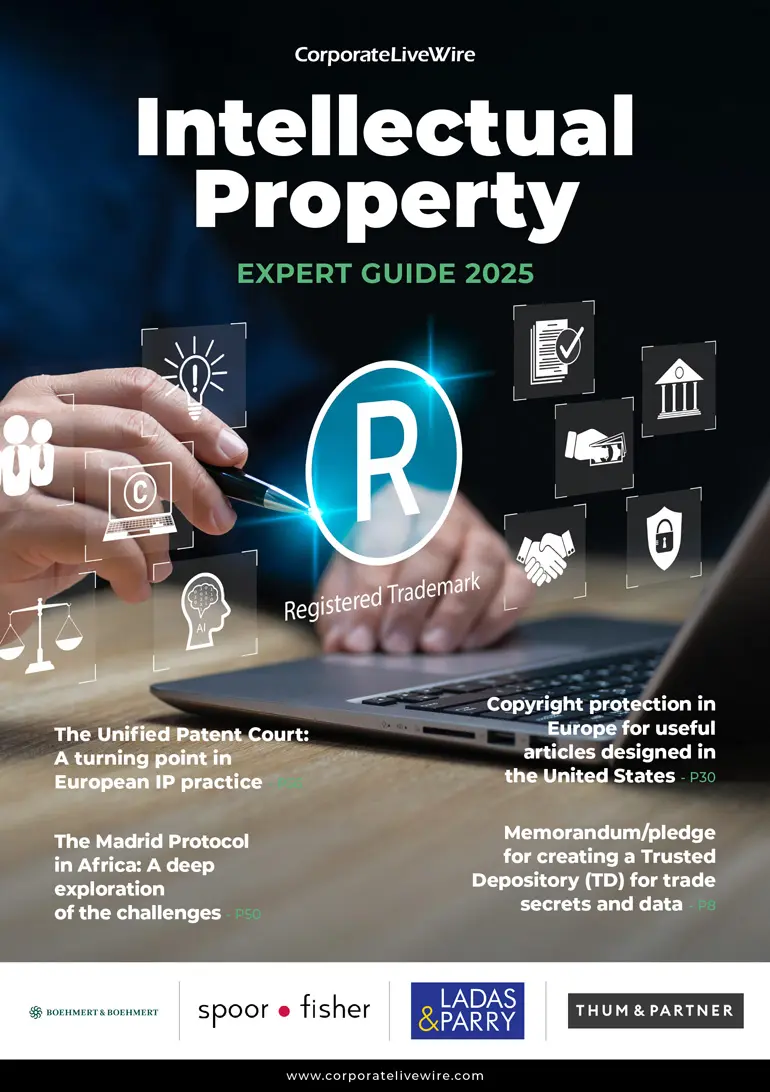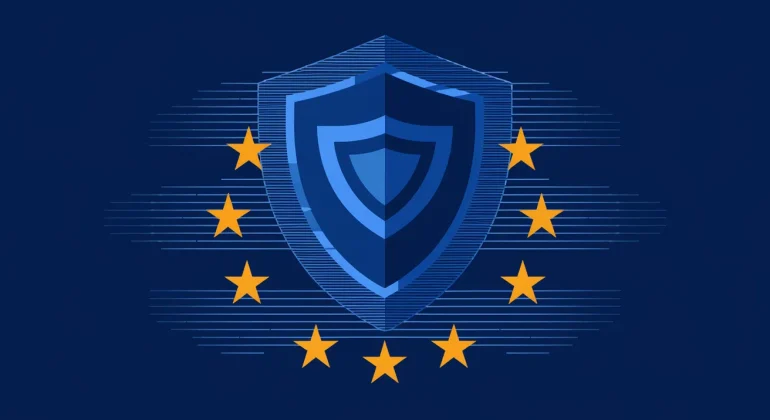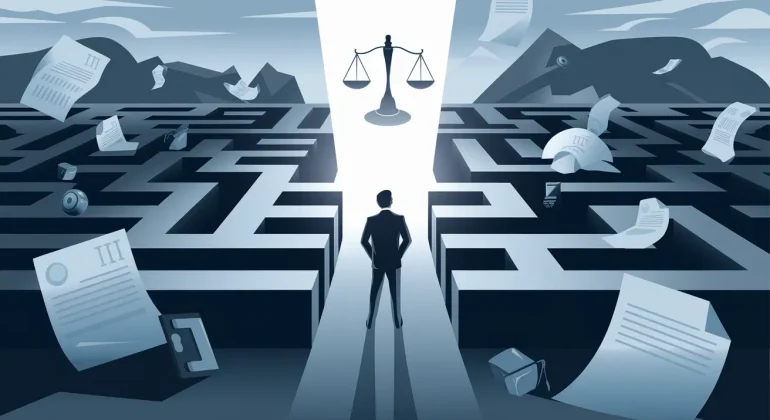The new European Design reform: Key changes and strategic insights for rights holders
The reform of the European design law, introduced through Regulation (EU) 2024/2822 and Directive (EU) 2024/2823, marks a significant evolution in industrial design protection. With implementation beginning on May 1, 2025, and full transposition required by December 9, 2027, the reform redefines core aspects of how designs are protected, enforced, and managed across the EU.
This article provides a comprehensive breakdown of the key provisions and their practical implications for rights holders, businesses, and legal practitioners.
Summary of the reform and its strategic impact
The new EU legal framework introduces:
- Modernized definitions reflecting digital and animated designs
- Expanded procedural flexibility (multi-design filings, deferment)
- Enhanced enforcement tools for both physical and digital infringements
- Harmonized grounds for refusal and invalidity
- Rebalanced fees that benefit SMEs but impact long-cycle industries
- Clear ownership rules aligned with employment law
- Legal clarity on unregistered designs and repair clause use
Rights holders are advised to audit their design portfolios, revise employment agreements, and reconsider filing strategies to optimize protection under the new regime.
Key dates and implementation timeline
- May 1, 2025: Regulation takes effect (Phase I)
- July 1, 2026: Secondary legislation provisions apply (Phase II)
- December 9, 2027: Deadline for Directive transposition
- December 9, 2032: Expiration of grace period for spare parts protections
Expanded scope of protectable designs
A – Digital and non-physical designs
The scope now includes graphical user interfaces, virtual objects, and spatial configurations in virtual environments. This reform reflects market trends in gaming, metaverse technologies, and digital user experiences.
B – Animated and virtual elements
Designs incorporating movement or transitions are now explicitly protected, such as app animations, dynamic web content, or virtual clothing.
Procedural innovations in design filing
A – Simplified multi-design applications
Applicants may include up to 50 designs in a single application, with no requirement to group them under the same Locarno class.
B – Visual representation and application requirements
Only visibly represented features in the application will be protected, resolving a longstanding ambiguity. Mandatory elements include applicant identity, visual representation, and indication of product use.
C – Harmonized deferment of publication
Applicants may defer publication for up to 30 months. A request to block publication must be submitted at least 3 months before deferment expiry.
Strengthened rights and enforcement mechanisms
A – 3D printing and digital file protections
Rights holders can now block unauthorized sharing or use of digital files enabling 3D reproduction, offering critical protection in an era of decentralized manufacturing.
B – Enforcement against infringement in transit
Design rights may be enforced even if the infringing goods are merely transiting through the EU, aligning with trademark law.
C – Fast-Track invalidity procedures
The EUIPO can now expedite invalidity procedures when uncontested, reducing enforcement delays.
Ownership clarifications and employment relationships
Ownership of a design belongs by default to the creator or successor, unless created during employment, in which case the employer becomes the owner. National laws and contracts may override this default rule.
Financial impact and new fee structure
The reform introduces a comprehensive revision of the fee structure applicable to designs within the European Union. While certain upfront costs have been reduced (notably, the filing fee for a single design has decreased from €350 to €250) renewal fees rise significantly from the third renewal period onwards.
This shift is designed to benefit SMEs and short product life-cycle industries (such as fashion, accessories, and digital goods) by easing entry costs and streamlining the registration process. Conversely, it may place a heavier financial burden on sectors with long product life cycles, including automotive, home appliances, and industrial engineering, where sustained protection over 20 to 25 years is critical. For these industries, the escalating renewal costs necessitate proactive budgeting and strategic portfolio management.
Harmonized grounds for refusal and invalidity
New optional grounds for refusal include designs that:
- Misuse emblems or signs of public interest
- Reproduce elements of national cultural heritage (e.g., monuments, traditional clothing)
Unregistered designs: a clarified regime
First disclosure outside the EU may still qualify for unregistered protection if it reasonably reaches the relevant EU public. This flexibility aligns the law with modern digital dissemination practices.
The new repair clause and its market implications
Effective December 9, 2027, the repair clause allows reproduction of design elements necessary to restore the original appearance of complex products (e.g., car parts).
- Strict conditions apply: Must be used for repair only, and origin must be disclosed.
- Does not apply to trademarks or parts not critical to visual restoration.
This clause fosters competition and circular economy goals, but raises compliance questions.
Enhanced legal certainty and creative freedom
Legitimate uses of protected designs now include:
- Comparative advertising
- Commentary and critique
- Parody
These are permitted under fair trade principles and aim to preserve freedom of expression and market transparency.
Strategic considerations for international businesses
Businesses should:
- Audit portfolios and renewals deadlines to identify models that require renewal or consolidation, taking into account the new fee structure, which imposes a heavier financial burden in the long term.
- Update employment contracts regarding ownership, particularly for employees likely to create designs as part of their duties. The reform confirms that, by default, rights belong to the creator unless a contrary clause or specific national provision applies. A clear contractual clause prevents future disputes over ownership and strengthens the company’s legal security in case of litigation or rights transfers.
- Always assess on a case-by-case basis whether it is more advantageous to opt for an international application under the Hague System or a Community design application, depending on the target countries, exploitation prospects, and budgetary constraints.
Conclusion
The reform modernizes EU design law for the digital age, introduces procedural efficiency, and fosters innovation through clarity and flexibility. While offering opportunities, it also requires proactive adaptation by rights holders.
Dreyfus Law Firm advises rights holders across Europe and internationally to implement these changes strategically.
The Dreyfus Law Firm is in partnership with a global network of lawyers specialized in Intellectual Property.
Join us on social media !
FAQ
1 – What rights are granted by a registered Community design in the EU?
A registered Community design (RCD) in the European Union grants its owner the exclusive right to use the appearance of a product or part of a product resulting from its visible features (such as lines, contours, shapes, textures, materials, or ornamentation). This right enables the holder to prohibit third parties from manufacturing, offering, placing on the market, importing, exporting, or using a product incorporating the protected design, or from holding such a product for these purposes. Protection extends throughout the EU and lasts for five years, renewable in five-year increments up to a total of 25 years.
2 – Can a design be transferred?
Yes. A registered design is an intangible asset that can be transferred through sale, contribution to a company, inheritance, gift, or via corporate restructuring (merger, demerger). To ensure enforceability against third parties, it is advisable to record the transfer in the register maintained by the EUIPO (or the national office for national designs). It is also possible to grant an exclusive or non-exclusive licence for the use of the design.
3 – Where should a design be filed for protection in Europe?
To obtain EU-wide protection, an application must be filed for a Registered Community Design (RCD) with the European Union Intellectual Property Office (EUIPO). This single application offers protection across all 27 EU Member States. Alternatively, the Hague International Design System administered by WIPO allows for international filings designating the EU and other jurisdictions in one procedure. National filings remain possible for country-specific needs or complementary strategies.
4 – What is the difference between a design and a model?
Under EU law, the terms “design” and “model” are used interchangeably to refer to the legal protection of a product’s appearance. However, in some national systems (e.g., French law), a practical distinction exists:
- A design typically refers to a two-dimensional feature, such as a pattern or graphic interface;
- A model refers to a three-dimensional shape, like a product, packaging, or industrial object.
In both cases, protection concerns the aesthetic appearance, not the technical function of the product.

